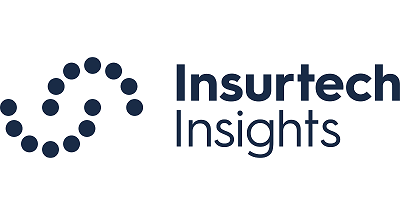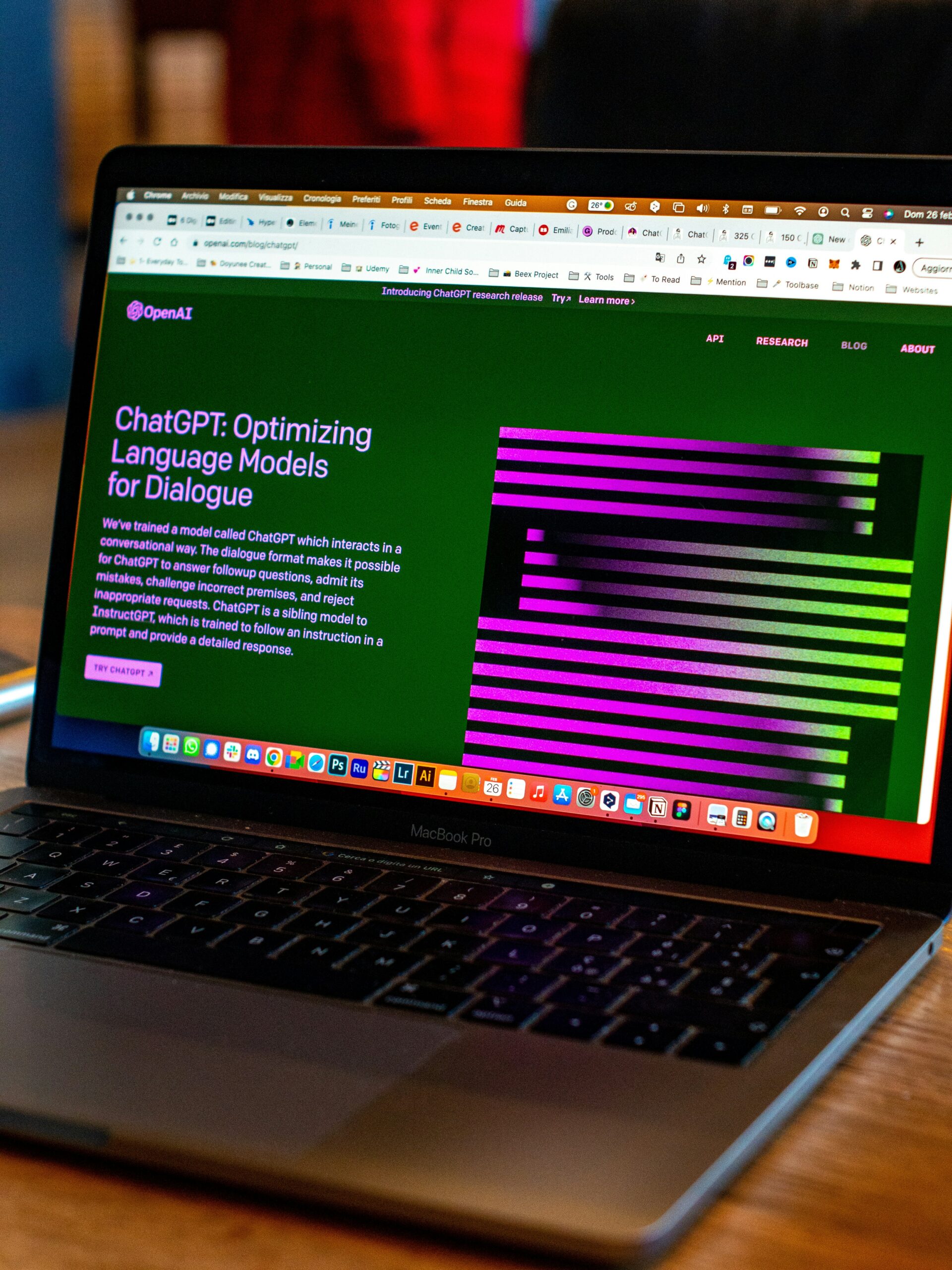Blogs
AI Gold Rush Dilemma: Challenges and Opportunities in APAC

The rapid advancement of artificial intelligence (AI) is reshaping industries across the Asia-Pacific (APAC) region, with companies racing to harness its potential. The surge in AI adoption, driven by breakthroughs like DeepSeek and other cutting-edge models, has led global businesses to invest heavily in AI-driven solutions. While the technology promises unprecedented opportunities, it also introduces significant challenges, particularly around ethics, security, and regulation.
The AI boom is transforming businesses, with the global AI market surpassing $184 billion in 2024, and 92% of companies planning to increase their AI investments. The motivations are clear: AI enhances productivity, reduces costs, and enables hyper-personalized customer experiences. However, the risks are equally pressing. The rise of AI-powered deepfake scams, such as the high-profile case in Hong Kong where an employee was defrauded $25 million through manipulated video, has raised global concerns. Such incidents highlight how criminals can exploit AI, forcing governments and businesses to rethink security and regulatory frameworks.
Local Differences Amid Global Challenges
As AI transitions from theory to real-world deployment, businesses across APAC are met by a regulatory landscape that remains fragmented yet shows signs of alignment. The region presents a stark contrast to Western markets, where AI governance frameworks are more mature and predictable, with the U.S. favoring laissez-faire market policies and the EU emphasizing rights-focused data protection.
Within APAC, regulatory responses reveal distinct priorities. Singapore, South Korea, and the Philippines have taken aggressive stances against AI-powered disinformation, with election-disrupting deepfake content on social media being a prime concern. China and Japan have been implementing transparency measures like mandatory AI content labeling, reflecting the region’s state-led approach to content governance. What unites these diverse approaches is a growing consensus around the core challenges: protecting data privacy, eliminating algorithmic bias, and preventing AI-facilitated fraud. This shared recognition is gradually fostering regulatory harmony across the region, even as national implementations differ.
AI’s economic potential is staggering, projected to add $15 trillion to the global economy by 2030, according to a PwC study. However, its impact varies by sector. Financial services and consumer packaged goods industries see promising prospects, with AI improving fraud detection, cost savings, and sustainability. The energy sector also benefits from supply chain efficiencies. Meanwhile, the technology sector faces challenges due to regulatory uncertainty, and the healthcare sector remains the most complex, grappling with ethical concerns and regulatory gaps. This disparity means businesses must tailor their AI strategies based on industry-specific risks and opportunities.
Another one of the biggest challenges in APAC’s AI adoption is the demand for digital infrastructure. AI requires massive computing power and data storage, straining resources in developing economies. While investments in digital infrastructure are growing, companies must assess local operational capacity and customer demand before scaling AI solutions. Additionally, demographic and economic factors shape AI policies across the region. Aging economies like Japan, Hong Kong, and Singapore view AI as a productivity booster to offset labor shortages, while young, fast-growing markets like India, Indonesia, and Malaysia see AI as an economic accelerator, offering incentives to attract investments.
Luckily, the global push for AI governance is gaining momentum with forums organized by major groups like ASEAN, G20, and the OECD focusing on AI policies in 2024. These groups started working together on AI policies last year. Countries like the UK, South Korea, and France also held high-level AI safety summits where governments and tech companies promised to reduce AI risks. But here in Asia-Pacific, governments are playing it safe – some want to boost AI innovation, while others demand tougher regulations. This regulatory uncertainty underscores the need for businesses to stay vigilant and adaptable.
How Can PR Professionals Help Navigate AI Challenges for Businesses?
As companies face increasing scrutiny over AI ethics, security risks, and regulatory compliance, strategic PR can bridge the gap between technological innovation and public trust.
PR professionals can help shape public perception by clearly communicating a company’s responsible AI practices. This includes transparent messaging about data privacy protections, ethical AI development frameworks, and safeguards against misuse. By proactively addressing concerns about deepfakes, algorithmic bias, and job displacement, businesses can build credibility and differentiate themselves as responsible AI adopters.
PR professionals also serve as a vital conduit for stakeholder engagement. This involves facilitating dialogue between businesses, policymakers, and civil society to advocate for balanced regulations. PR teams can position company executives as thought leadership contributors in industry forums and policy discussions, ensuring their perspectives are heard as governments develop AI governance frameworks.
In times of crisis, such as AI-related scandals or regulatory investigations, PR professionals provide crisis management. A well-prepared crisis communication plan can mitigate damage, clarify misinformation, and demonstrate accountability. For example, when AI systems malfunction or are exploited by bad actors, prompt and transparent communication can preserve consumer trust.
Last but not least, PR professionals can help drive internal alignment by ensuring employees understand and can articulate the company’s AI strategy. This is particularly important in APAC’s diverse markets, where cultural nuances influence how AI is perceived. Training programs and internal campaigns can help staff become ambassadors for responsible AI use.
Conclusion
The AI revolution in APAC presents immense opportunities but also demands strategic foresight and regulatory agility. Businesses must balance innovation with compliance, ensuring they harness AI’s power while mitigating its risks. By integrating marketing communications and PR strategies with AI development from the outset, companies can navigate APAC’s complex regulatory landscape while maintaining public confidence. Those who communicate transparently, engage stakeholders effectively, and respond to challenges proactively will be best positioned to lead in the AI-driven future.
Latest News



